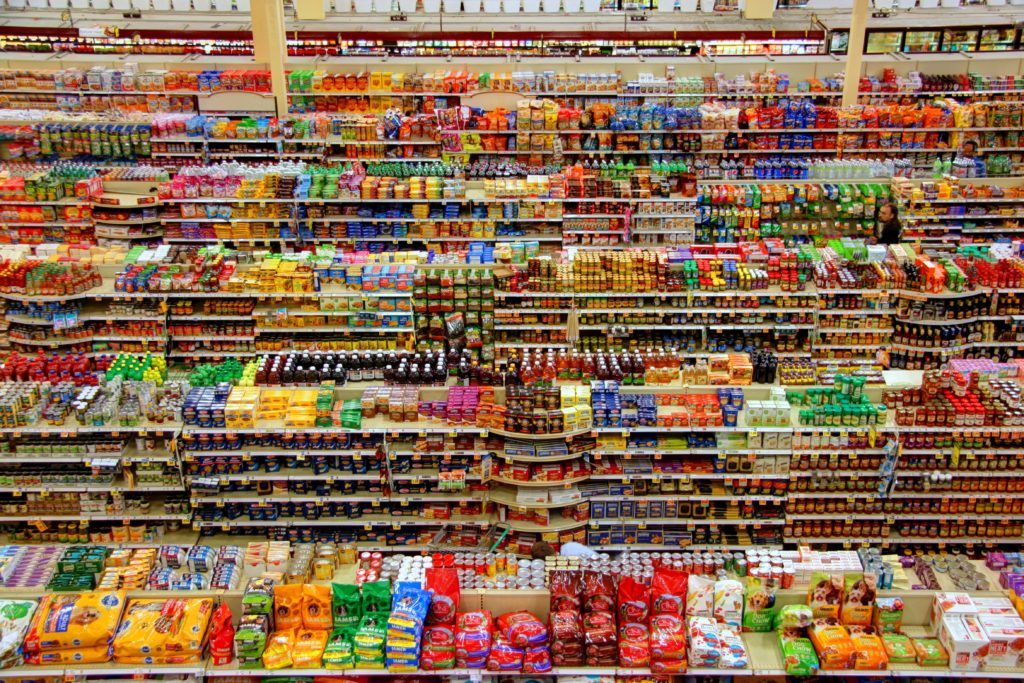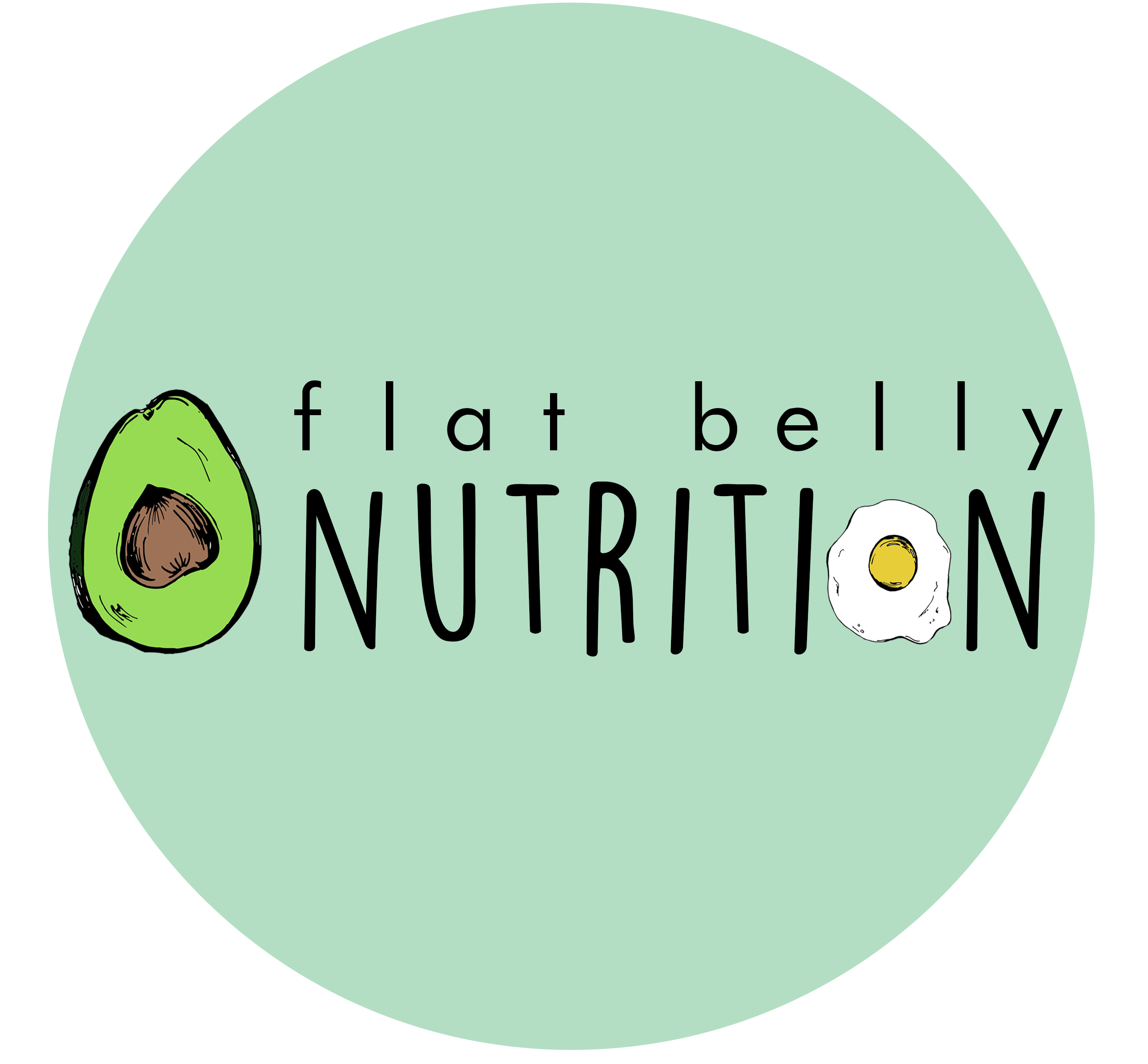
If you’re like most people looking at nutrition facts, you go straight to the calories…
After all it’s how we’ve been trained. And just as you notice someone’s piercingly clear blue eyes before anything else, the face of a package is what draws us in to a package. But in case you haven’t heard, labels like “Gluten free,” “Sugar Free,” “All Natural,” and “Less Fat,” are unregulated. Individuals in the food packaging industry can print what they deem to be good marketing. This is my holistic approach to reading those often-daunting nutrition labels. Use this checklist of food label scanning for healthy decision-making at the market.
Take 60 seconds, practice makes perfect…ready, go!
1. Ingredients
- Is it less than five ingredients?
- Can you make it at home? Can you pronounce each ingredient?
- What is the first ingredient? Items are ordered from highest percentage in the recipe to lowest. If the first ingredient is sugar then there is more sugar in that product than anything else on the label.
2. Serving size
- Is it measured in tablespoons, cups or bites? Packages can fool you into thinking the entire packages is one serving.
- Note that serving size is decided upon by the company that manufactures that food. I’m not saying all companies are out to trick you but be aware.
- Food producers will decrease serving sizes and increase the number of servings in a package to make the calories appear less.
3. Calories
- After you consider how large a serving size is, multiply by how many servings are in that container. High calories don’t automatically mean it’s bad. Don’t judge based only on calories – consider where those calories are coming from.
- Consider if the calories are primarily from fat, sugars, carbohydrates, etc. More calories don’t always mean more fuel and they certainly don’t equal satisfaction.
4. Fiber
- Note the grams of fiber and figure that each gram of fiber “cancels-out” a gram of carbs – since fiber is a form of carbohydrate.
- Aim for 25 to 30g of fiber per day
- Aim for at least 3g of fiber per serving
- Example: 1 cup of oats = 3g of fiber
5. Carbohydrates
- Aim for under 150g per day
- Trying to lose weight? Aim for under 20g per serving
- Remember: carbs include fiber and sugar – and sugar alcohols if you’re looking at a beer or libations.
6. Protein
- More protein means you’ll stay full longer – but too much protein can result in gluconeogenesis and decrease the body’s efficiency in fat burn.
- Aim for 45 to 50g of protein per day
- Trying to lose weight? Aim for at least 6g per serving
- Perfect example: 1 egg = 6g of protein
7. Fat
- Aim for trans and saturated fat levels under 5g. ZERO is ideal here since your body makes more than enough saturated fats than it needs.
- Aim for 15g per serving of unsaturated fats
- Example: 2 tablespoons of olive oil = 14 g (including 1g poly-, 10g mono-)
6. Sugar
- Aim for less than 25g per day
- Aim for less than 6g per serving
- Example: 1 cup of blueberries = 15g of sugar
These amounts will vary based on factors like weight, gender, age and activity level, as well as health goals. The Flat Belly grocery tour and label tutorial provides a deeper dive into healthful groceries options.
*Recommendations based on ‘traditional’ ANA + RDA standards and are not necessarily government-issued dietary guidelines.
